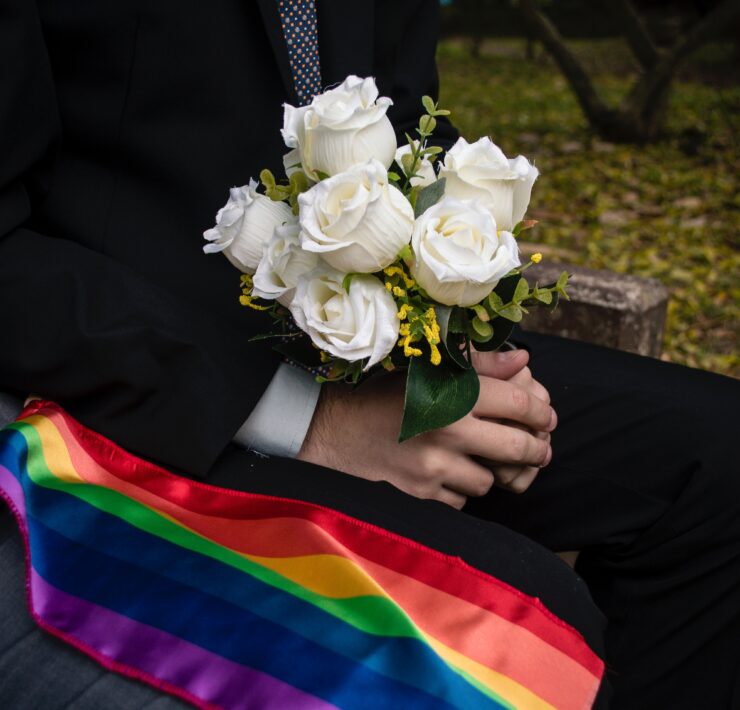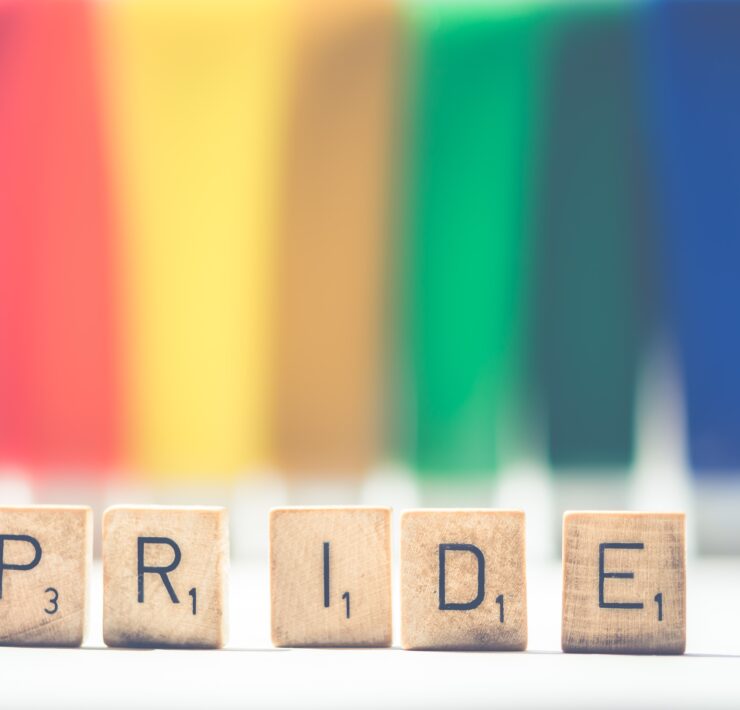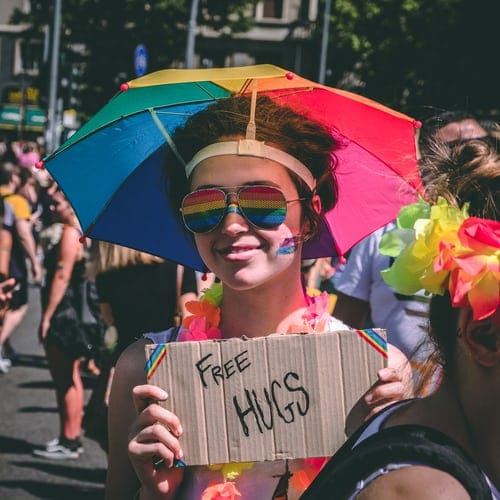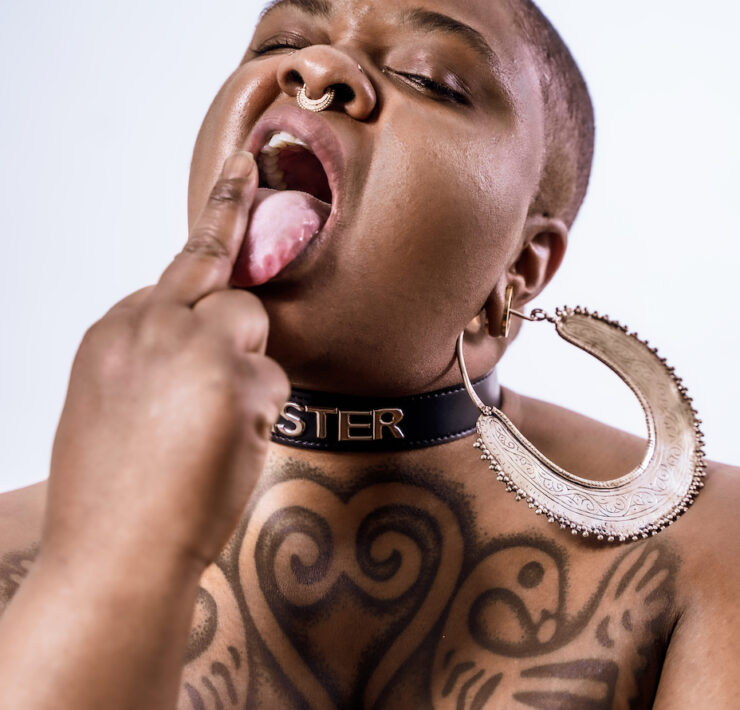Gallup Poll: Twice As Many Adults Self-ID as LGBTQ 2012-2022
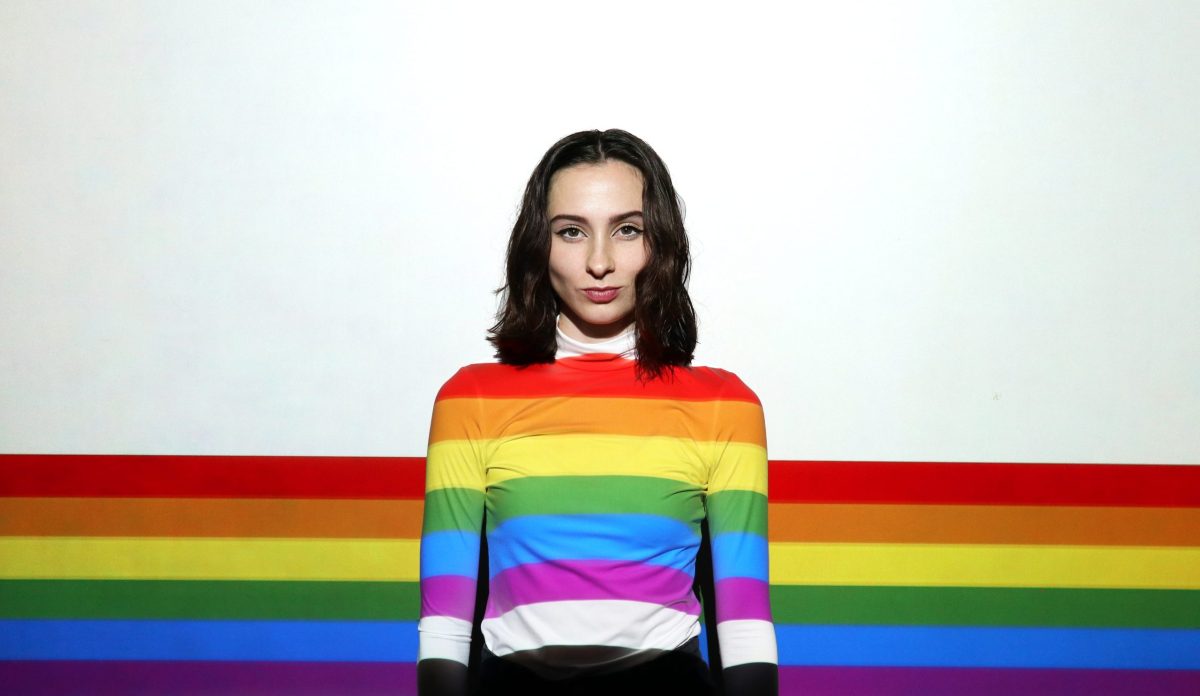
Alex has been an intern with OFM since December 2022.…
Since 2012, Gallup has collected data on how U.S. adults identify their gender and sexual orientation via telephone polls. After releasing the results of their 2022 poll on February 22, , there are a few key highlights to note about this poll, and the history of this particular question in the past decade.
In 2012, the percent of adults who answered “yes” to the question, “Do you, personally, identify as lesbian, gay, bisexual, or transgender?” was a mere 3.5 percent. That number slowly but steadily increased up to 4.5 percent in 2017; then Gallup did not collect this data in 2018 or 2019. When the poll returned in 2020, the number was 5.6%, which remained consistent with the previous rate of increase.
Then, the COVID-19 pandemic hit. With quarantine in effect, many people were gaining new experiences in an unprecedented period of isolation and—one good thing about the whole mess—introspection. While some people realized they liked baking bread, others realized that their perception of their own identity was not the cisgender, heterosexual “default” that they had assumed.
In one year, the number of self-identified queer adults leaped from 5.6% to 7.1%. In 2022, the rate of increase leveled back out, and the number of respondents who identified themself as lesbian, gay, bisexual (which remained by far the largest category of LGBTQ identification), transgender, and/or “Other LGBT” was 7.2%. Another 7% chose not to answer the question.
This was the first year that Gallup allowed respondents to state an identity other than lesbian, gay, bisexual, or transgender, and the majority of the volunteered responses were pansexual, asexual, or queer, making up about 1-2% of the LGBTQ adult population each. Yet another 1.8% of LGBTQ respondents fell into other various queer identities.
By generational split, the results are staggering. Generation Z adults (defined by this poll as being born between 1997 and 2004) were nearly twice as likely as Millennials (1981-1996) to identify as LGBTQ. Nearly one in five adult Zoomers are queer, and as more grow into adulthood, the total percentage of LGBTQ adults is expected to increase.
What's Your Reaction?
Alex has been an intern with OFM since December 2022. He is currently a student at Front Range Community College and lives in Aurora.




